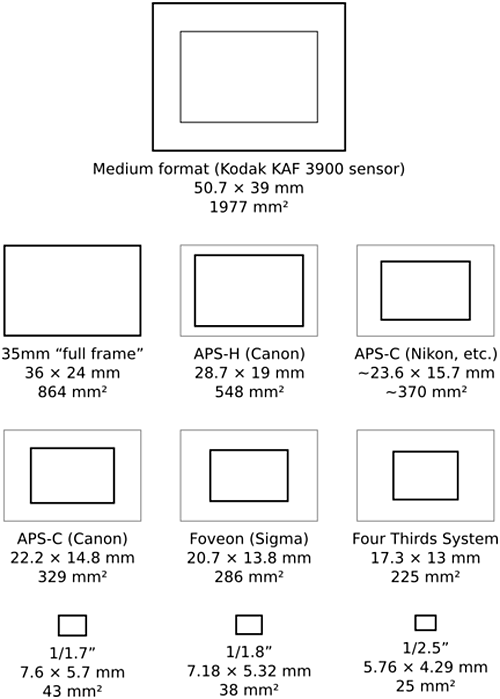If two of us stood side by side photographing the same scene, you with a full frame camera and I with a crop sensor camera, but both using an identical lens, DOF would be the same on each shot. However, the full frame camera would encompass more of the scene with it's wider FOV.
If I now move backwards till I'm getting the same FOV as the full frame camera, I've increased the camera -to -subject distance and the greater distance means I now get more DOF than the full frame camera.
No and Yes...
CoC does come into it and the DoF calculators show that in their results:
1.6x crop, 50mm, f/4, 10ft
Near limit 9.16 ft
Far limit 11 ft
Total 1.84 ft
Circle of confusion 0.019 mm
Full frame, 50mm f/4, 10ft
Near limit 8.74 ft
Far limit 11.7 ft
Total 2.94 ft
Circle of confusion 0.03 mm
Optically the DoF is the same, but you get more DoF with full frame because the CoC is larger - details don't need to be as small to survive enlargement. Crop the full frame to 1.6x and you've balanced out the difference in DoF.
So what happens when you stand further away with your 1.6x crop?
1.6x crop, 50mm, f/4, 16ft
Near limit 14 ft
Far limit 18.8 ft
Total 4.8 ft
Now the crop has the DoF advantage.
What if you do it the other way, stay side by side but use a longer lens on the full frame?
Full frame, 80mm f/4, 10ft
Near limit 9.47 ft
Far limit 10.6 ft
Total 1.12 ft
The 1.6x crop still has the advantage.
In summary:
Side by side with the same focal length then full frame has more DoF, seemingly because the CoC is larger to start with.
Step back with the crop or use a longer lens on the full frame and the crop has more DoF. This is because of the change in magnication from being further away or using the longer lens.
Now when it comes to prints the CoC comes back into play. If you take the side by side shots and printed both at 10x8" the full frame CoC is magnified less so that print will appear sharper than the crop - the subject on the 1.6x crop print would be larger than it is on the full frame print.
If you printed the crop to only 6.25" wide then I suspect they would be equally sharp as you've compensated for the difference in CoC and the subject would be the same size on each print.
Note the difference in DoF between the two cameras is always 1.6 as is the CoC size.
What about pixel resolution/density, doesn't that have an effect?
It would seem not because the pixels are smaller than the CoC so blur would become apparent before the pixels - but it would affect how well the blur is defined.





